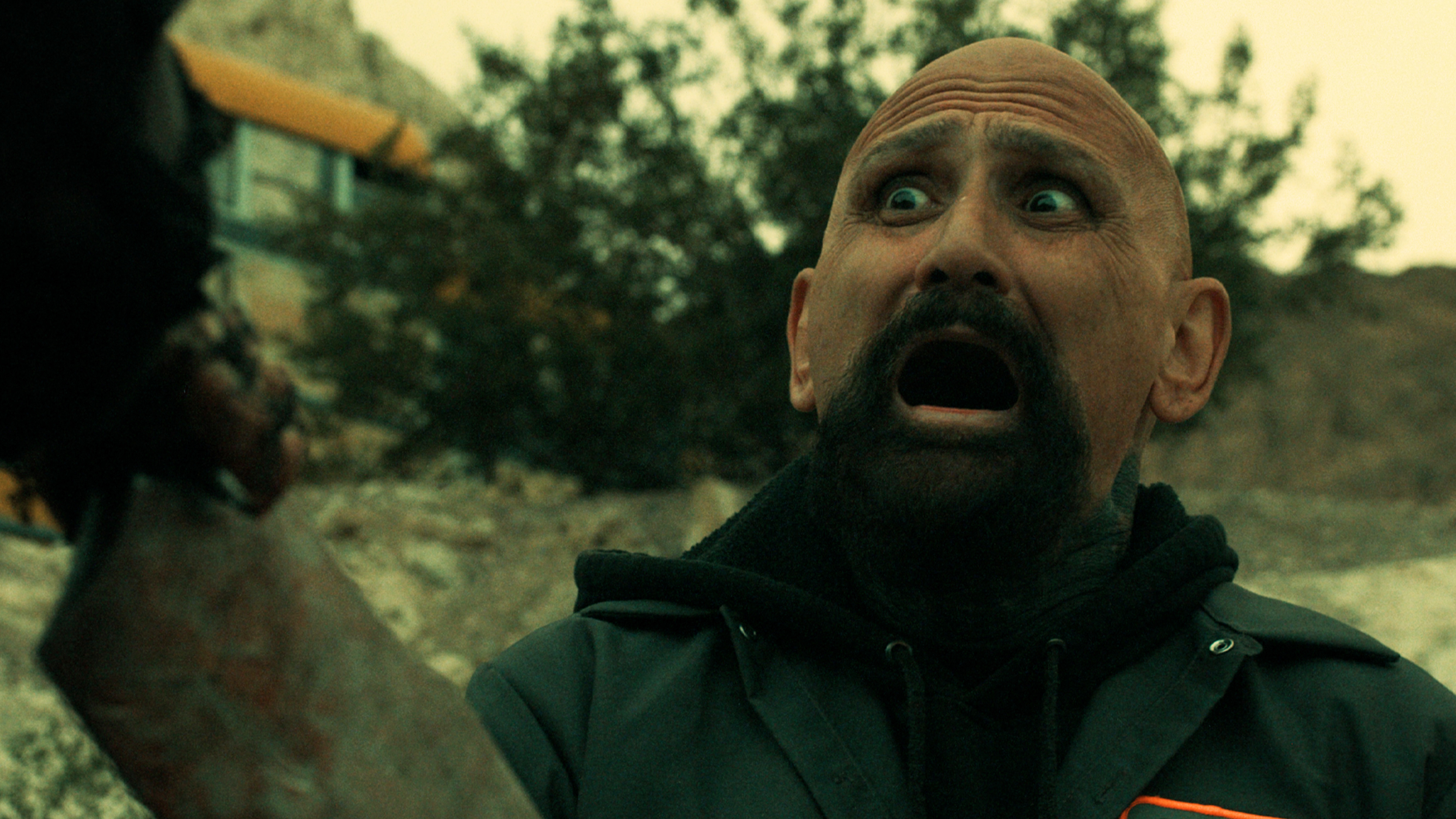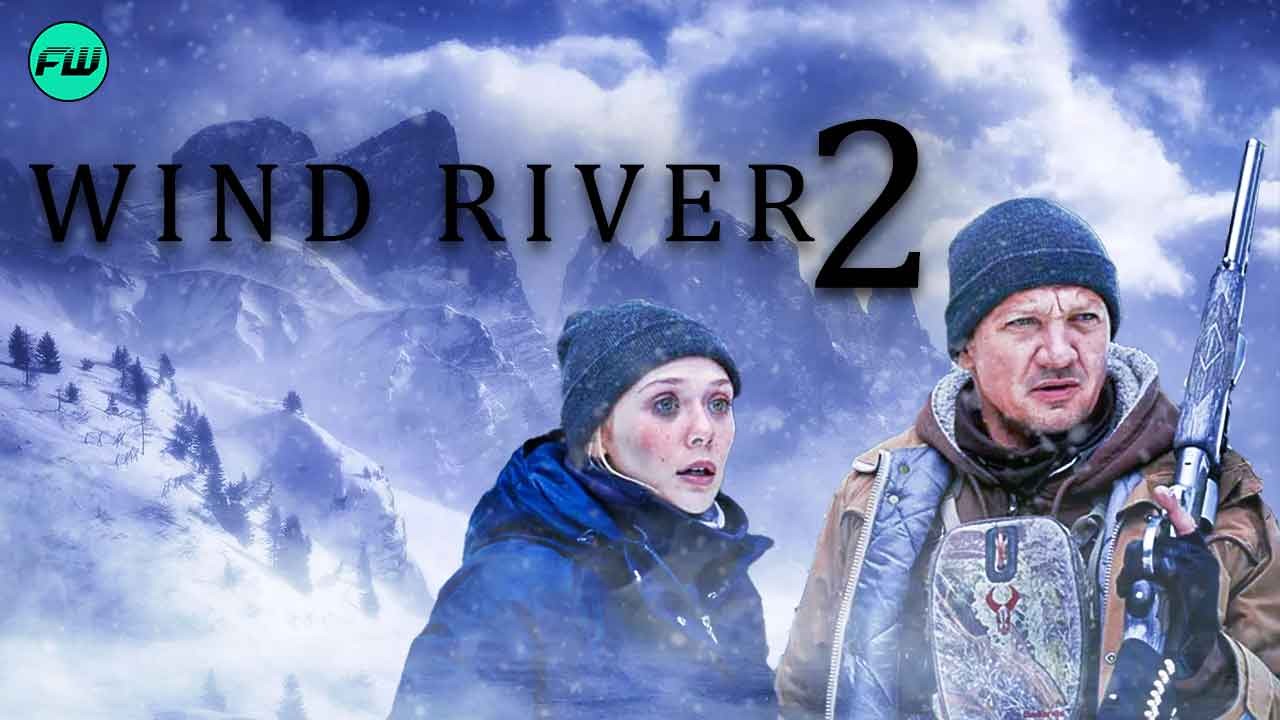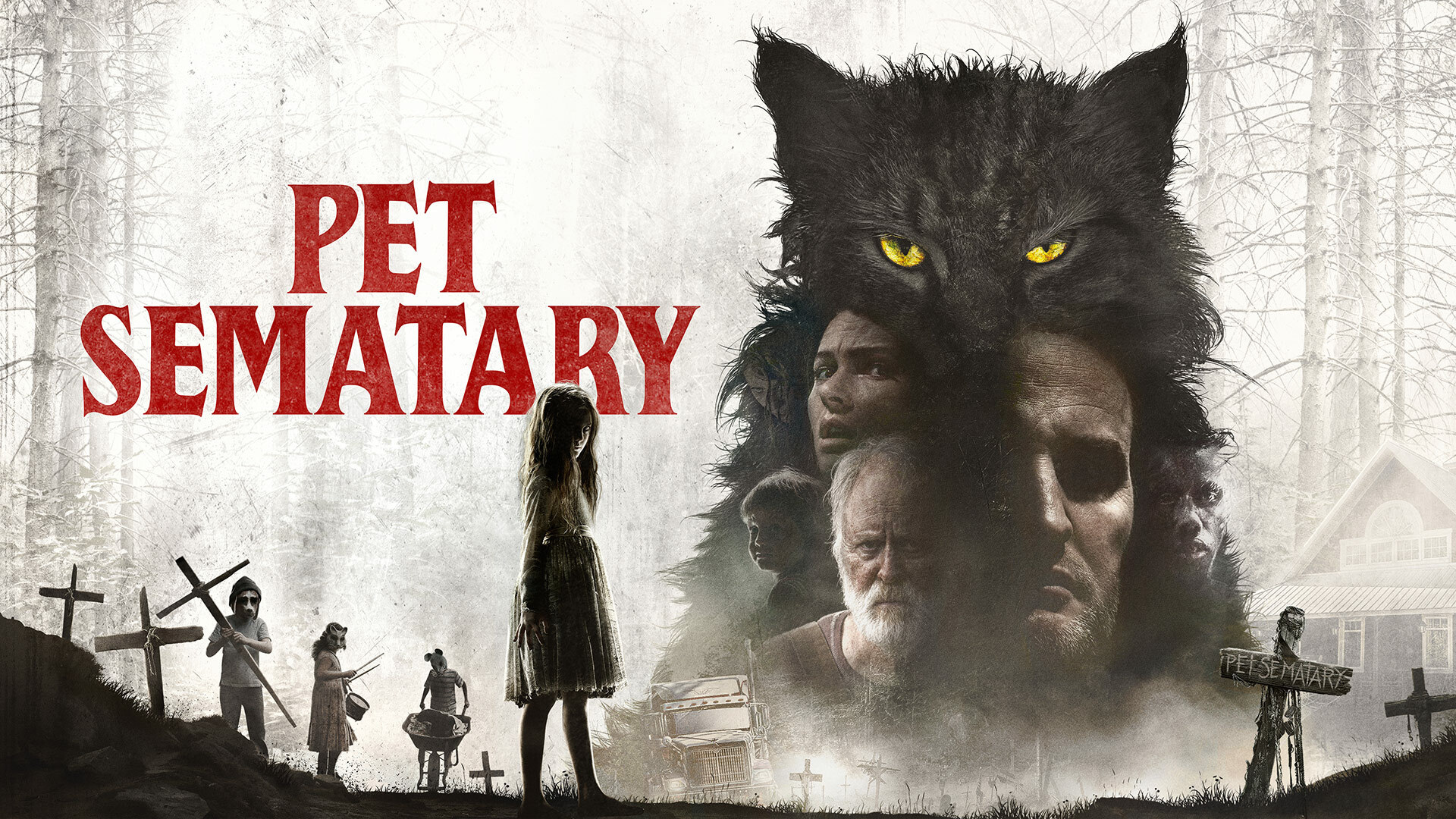
Desert Fiends is a pulse-pounding, grindhouse-style horror film that blends survival-thriller tension with creature-feature carnage, set in the unforgiving heat of the Mojave Desert. Directed by cult horror darling Rafael Cortez, the film mixes classic 80s B-movie charm with slick, modern practical effects, making it a standout in the monster-horror genre of the year.
The story begins with a group of five drifters — ex-soldiers, bounty hunters, and one rogue archaeologist — who are hired by a shady billionaire to retrieve a mysterious artifact buried beneath a remote desert ghost town. But when they unseal the tomb, they awaken more than just dust.
What emerges are the Fiends — ancient, shape-shifting desert demons that take on the forms of what you fear the most. Some slither. Some fly. All hunt. And they don’t just kill — they consume minds, turning victims into paranoid wrecks before tearing them apart.
With their transport destroyed and communication jammed, the group must fight through scorching days and terrifying, hallucination-filled nights, where the Fiends thrive and illusions blur the line between enemy, friend, and monster.
Desert Fiends plays like a genre love letter: part Tremors, part The Thing, with the feverish pacing of From Dusk Till Dawn. Rafael Cortez directs with a tight, chaotic rhythm — never letting the audience or the characters get too comfortable. The vast openness of the desert becomes paradoxically claustrophobic, isolating the cast from any hope of escape.
What elevates the film beyond standard creature-horror is its psychological layer. The Fiends’ ability to manifest fears creates disturbing inner conflicts — including a standout sequence where one character confronts his deceased sister in a mirage, only to realize too late she’s “not alone.”
The cast, while unknown, delivers committed performances. Alma Reyes shines as Quinn, the reluctant leader with a buried past in desert warfare, while Jason Butler Harner plays the unhinged billionaire who may know more about the Fiends than he admits.
The practical effects are gruesome and inventive — gooey, multi-limbed monstrosities with shifting anatomy and glassy, obsidian eyes. The score, composed by synth legend Colin Stetson, pulses like a heartbeat, building tension to unbearable levels before erupting into chaos.

If there’s a flaw, it’s the occasionally clunky exposition and an ending that raises more questions than it answers — but that feels intentional, setting the stage for a follow-up.
After the cryptic final shot — a massive underground cavern revealed beneath the desert, lined with ancient murals of the Fiends — a sequel feels inevitable.
Desert Fiends: Hollow Earth would follow a team of government scientists and mercenaries venturing into the network of subterranean tunnels. There, they uncover the origins of the Fiends, linking them to ancient Sumerian myth and a forgotten civilization that tried — and failed — to contain them.
With a heavier dose of mythology, expanded lore, and more cosmic horror elements, the sequel could lean into Lovecraftian terror, as the characters realize the Fiends are merely scouts — and the real gods of the desert are waking.
Desert Fiends is nasty, fast, smartly shot horror that understands what genre fans crave: imaginative monsters, escalating dread, and characters pushed to their limits. It’s the kind of midnight movie that earns cult status — and leaves audiences hungry for more.


